People from pakistan would like to use high quality tiles to design the pillar and the outdoor pool for the design of gardens and houses. The proper tile must meet your requirements in an efficient manner.
Tiled floors in Pakistan were once most common in bathrooms and kitchens. However, it is now normal and completely fashionable for new homes to use tile as the most common type of flooring over mosaic or marble flooring which was once preferred in homes.
So if you are renovating the floors in your home or building a new one, you need to know what type of tile to use and how much it will cost. Join us to discuss the main types of flooring tiles in Pakistan and their prices in terms of sub-variety, brands, and other factors. The first thing, let’s talk about the three types of floor tiles in Pakistan. these are:
ceramic tiles
porcelain tiles
Granite tiles
Now, let’s discuss these flooring options in detail and detail the characteristics of each type.
ceramic tile
When people decide to use floor tiles in Pakistan, ceramic tiles are most commonly used. These tiles are made of natural clay which is mixed with water to form a red paste, which is then shaped. The tiles are then placed in a high temperature kiln. Heat hardens the tile, and once it’s set, a thin layer, much like a glaze, is placed over it to add a variety of designs, patterns, and colors.
The varnish protects it from water and gives it some scratch resistance. However, there are glazed and unglazed varieties on the market, and unglazed tiles are best for outdoor spaces. As for glazed tiles, they are available in matte and glossy finishes, which we will detail below.
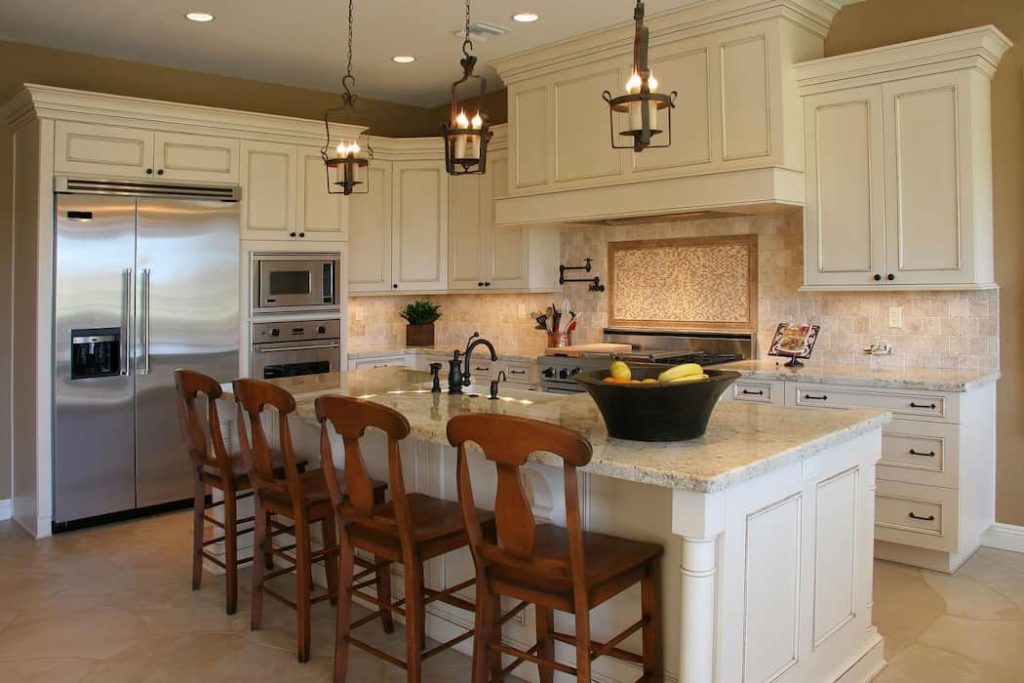
Porcelain tile
Heated to a higher temperature than ceramic tiles, which are also clay, but the mixture of different ingredients results in white, non-porous tiles after being placed in the kiln. The resulting tiles are less absorbent, more scratch resistant, and more durable than ceramic tiles. Once the tiles are ready, add impressions to the tiles to create half-length tiles.
In contrast, the colors and patterns are mixed directly into the clay mixture, which is then fired in a kiln to create full-body tiles. We will discuss both types of floor tiles shortly.
Granite Tile
Granite is a natural form of stone flooring that is usually cut to a certain thickness and follows certain parameters to form granite tiles.
They are the most durable and waterproof of the three varieties, but they are the most difficult to shape because they are made by cutting tiles from a natural rock surface.
Therefore, these tiles are usually laser cut rather than rounded edges due to artificial production. This is another feature of the tiles available in Pakistan that we will talk about in the next topic.
Features of Pakistani Floor Tiles
Although there are only three tiles commonly used in Pakistan, there are many factors that differentiate them from each other. Let’s elaborate on some of the concepts we briefly touched on above:
Matte VS Glossy
As mentioned above, for ceramics and tiles, after heating in the kiln, prints, designs, or patterns are placed on the tiles. The thickness of this layer can vary and the final pattern can be glossy or matte. Matte tiles are often used in kitchens and bathrooms, as smooth tiles can be very slippery in high traffic areas and therefore often leak.
Glossy tiles also add shine to the floor and add elegance to the look of the room, which makes them more common in living rooms or living rooms. Granite tiles are made from the natural rock without printing and are usually in a matte variety with a glaze applied to them to make them more durable.
Half body VS full body
The main difference between full body tiles and half body tiles is the amount of wear they can withstand. The tile is always cut to size, which means that a thin layer of print is added to the tile after it is made.
On the other hand, the tiles are available in half length and full length. The printed layer on the half-body tile is only a few millimeters thick, which means that when the tile appears chipped, it will shed its top layer, revealing red or white clay underneath.
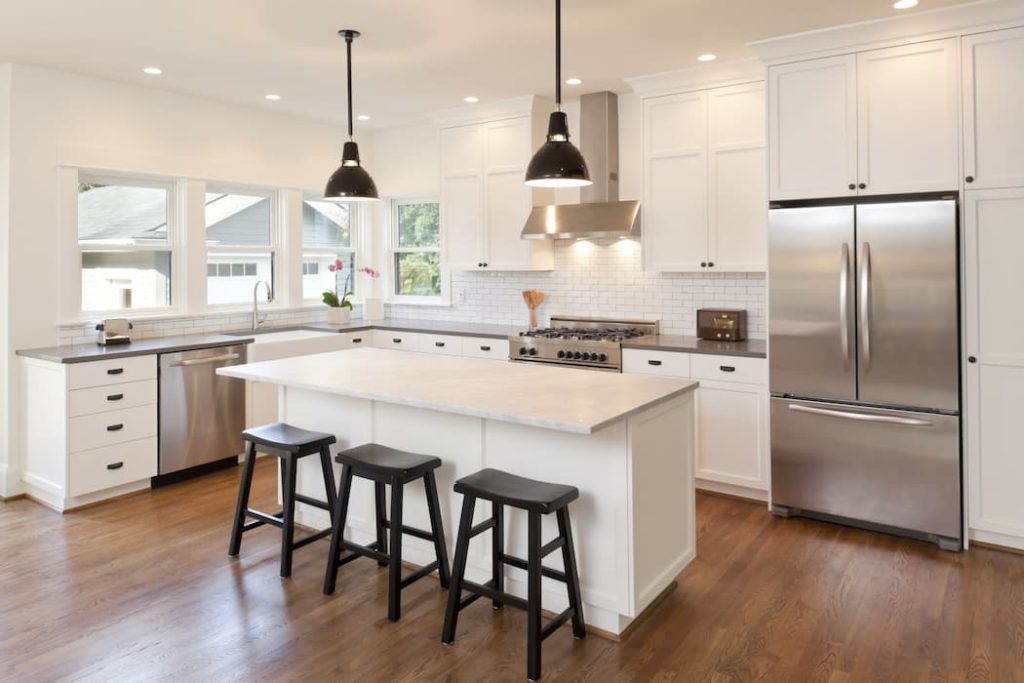
Proper tiles for outdoor pool
Speaking of proper tiles for the outdoor pool, you must consider some factors in selecting the right tiles. A swimming pool is one of the easiest summer pleasures – a cool and irresistible summer retreat.
Sure, all pools are fun and refreshing, but a well-designed pool can turn a typical backyard landscape into a veritable oasis, and the right pool tile can elevate your pool to a spectacular sight. Offering an almost endless choice of materials, colors, and sizes, pool tile options are as limitless as you can imagine.
From classic bright blue stone tiles, and earth tones, to sleek, modern stained glass, swimming pool tiles offer creative possibilities for your landscaping design. So just in time for summer: let’s dive into everything you need to know to find the best pool tiles.
When planning your pool, tiles are an important part of a custom design. The swimming pool is the focal point of the landscape. Different tile types can embody a variety of unique styles, transforming a pool from an entertainment feature into an architectural piece that interacts with and even enlivens your outdoor decor.
Several types of pool tiles are commonly used for their durability and performance in outdoor and underwater conditions. Here are the 3 main types that make great outdoor pool tiles:
Attractive Appearance: Glass Mosaic Tiles
It’s no surprise that the most fascinating players in the swimming pool tile market are glass mosaic tiles. On a hot summer’s day, there is nothing more alluring than the water of a swimming pool gently swaying in the sun. The reflective quality of the glass creates a dazzling effect for a luxurious outdoor setting.
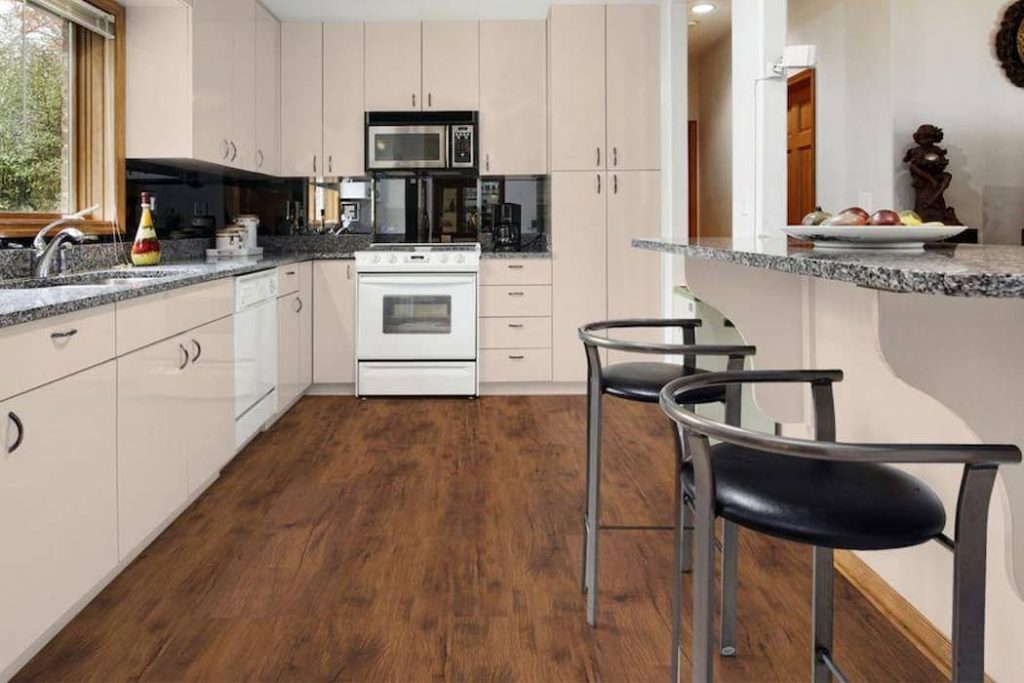
Traditionally, glass pool tiles have been considered premium products due to the meticulous craftsmanship involved in the manufacturing process. However, this is changing due to major technological developments in manufacturing and the entry of new innovative players into the market. Luxury glass tiles can now be found at more affordable prices, making glamorous glass even more popular.
Today, glass mosaic pool tiles are available in different finishes, textures, and colors, each giving off a truly transformative and mysterious glow.
Timeless simplicity: tiles
Small tiles remain the most popular choice for pool tiles due to their durability and design versatility. Porcelain is made from high-fired clay, a dense material that provides a hard-wearing, waterproof, and affordable option.
In recent years, with the advancement of ceramic printing technology, the patterns of ceramic tiles are more intricate and artistic. In addition to the iconic plain blue pool tile with visible grout lines, decorative pool tiles can express even more creativity. Easy to clean, tile is available in a variety of styles and colors, making it a great choice for waterline tiling.
Feel natural: natural stone tiles
Natural stone pool tiles stay in style throughout, providing a timeless and sometimes rustic look. Primarily made of granite, limestone, or slate, stone pool tiles introduce an earthy aesthetic that retains the organic textures and rich hues of a natural landscape, and can create a clean cutting edge look or a more rough visual. A tiled stone pool closely associated with the West Coast design aesthetic creates a warm and comfortable ambiance.
Strong, durable, non-slip stone pool tiles are a classic choice for modern and rustic styles. You may not think your sparkling, cool swimming pool is a harsh environment, but there are undeniable conditions that require pool tiles to have specific qualities that other tiles do not have.
Pool tiles are designed to withstand water immersion, direct sunlight, and exposure to chlorine and other pool chemicals. Pool tiles provide a creative and practical solution to heavy water areas for a variety of applications.
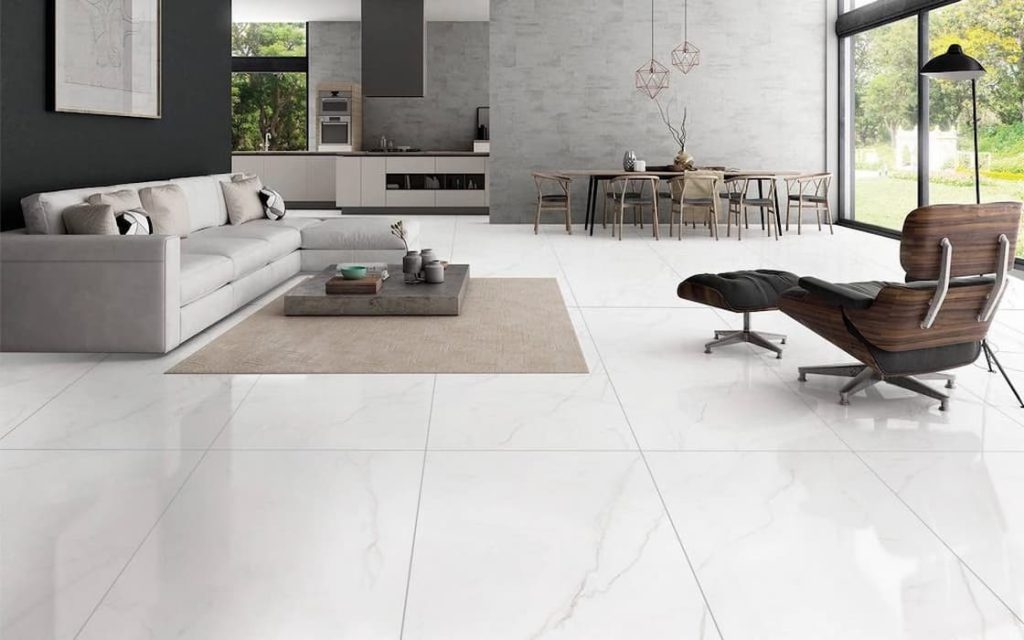
Proper tiles design for outdoor
Design is not the only matter you must consider choosing for the proper indoor and out tiles. More and more of us are finding ways to connect indoor and outdoor spaces and create a seamless flow from home to garden. Advances in folding and sliding glass door systems and minimal thresholds mean it has never been easier to achieve indoor and outdoor living sensations.
Flooring is an important element – using the same floor for indoor and outdoor spaces reinforces the feeling of continuity, and porcelain is one of the few materials that can be easily used. This is very different from the rustic charm of paving slabs, slate, or limestone. Effectively using porcelain, you create a continuation of the interior and exterior.
This canvas has all the hallmarks of modern architectural design – clean, crisp lines and a minimal back shape. What are one-piece interior and exterior tiling? Many porcelain collections accommodate the same tiles in different slip qualities or surface finishes.
This is important because exterior tiles will have a more textured surface than interior tiles for better adhesion. Exterior tiles are rated R11 or R12, while interior tiles can be rated R9 or R10. Glide grades are a great way to learn more about different tile finishes – check out our guide to glide grades.
This means you need 2 tiles to create the flow from inside to outside. An interior finish is 9 or 10mm thick, and another more textured exterior finish can be the same thickness or 20mm thick. It depends on the collections.
Our one-piece tiles are tiles that combine the softness of indoor tiles with the non-slip properties of outdoor tiles in an Antislip Soft R11 finish. With one-piece tiles, the same tiles can be used indoors as well as outdoors. Both tiles are the same thickness – usually around 10mm – and both have the same soft, non-slip surface texture.
The surfaces are designed to be easy to clean and these tiles can be used on walls and floors in the home and outdoors. Tiles must be ordered in the same batch to ensure they match of course. These indoor and outdoor floor tiles lead the way in design, versatility, and cost per square meter. They open up a lot of design possibilities and are smart things.
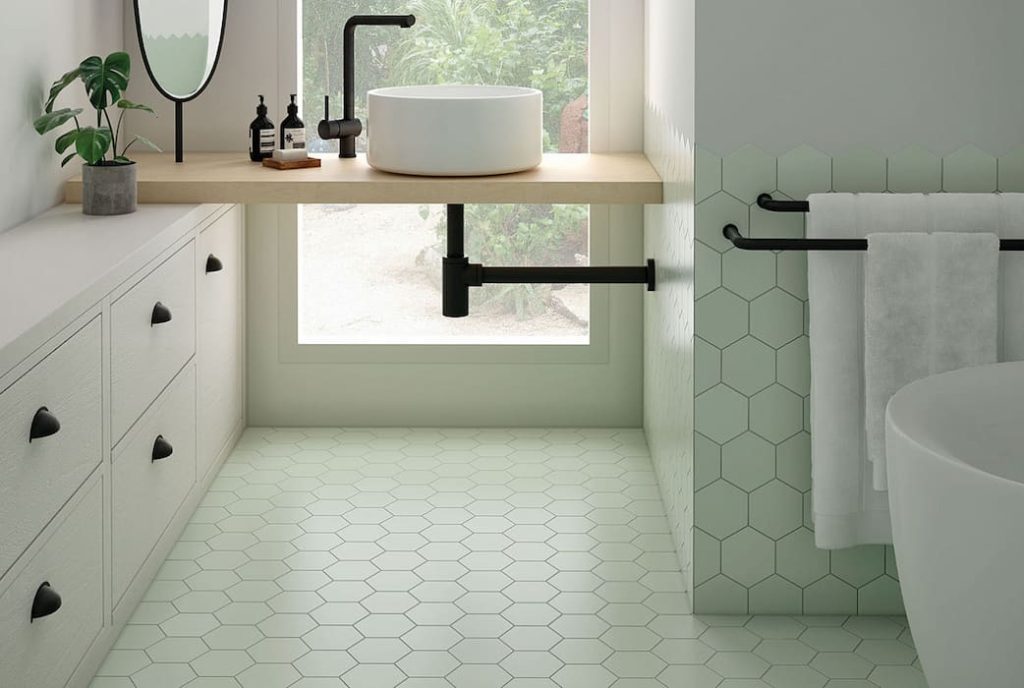
- The one-piece tile is designed to be easy to clean, making it versatile. If you don’t normally choose an R11 or R12 anti-slip tile for your home, you can use an all-in-one tile both indoors and outdoors.
- All-in-one is about 10mm thick. This makes them much lighter than their 20mm counterparts. Therefore, they are easier to cut and handle on site.
- The thickness of 3.10mm makes these tiles very cost effective per square meter.
- This means larger sizes are easier to get with one piece tiles, the tiles are really cost effective, and they are easier to cut on site and easier to handle.
Aside from stunning designs, porcelain can withstand almost anything in life! It is a very dense material, which is one of the reasons why it is so hard to wear.
It’s also highly stain and scratch resistant, requires no sealing, waxing, or polishing, and can be used almost anywhere around the home. Additionally, with a water absorption rate of less than 0.5%, porcelain is frost and fade resistant and provides extra grip in the finish for exterior areas. Whether you have a large design, a spacious patio, or just want to create a cozy patio, All-in – 10mm porcelain is ideal. Let’s not forget the design.
It is a material that, when done well, can skillfully imitate everything from metal, concrete, cement, stone, marble, wood, and more. As a result, porcelain opens up a world of possibilities for materials that would otherwise require continuous processing outdoors. Wood is a good example. You’re unlikely to find a wood that you want to keep outdoors and also want to use indoors. This is not the case with ceramic floor tiles for interiors and exteriors.










Your comment submitted.